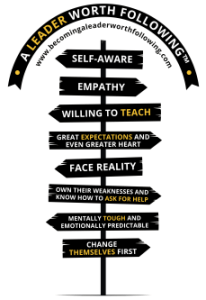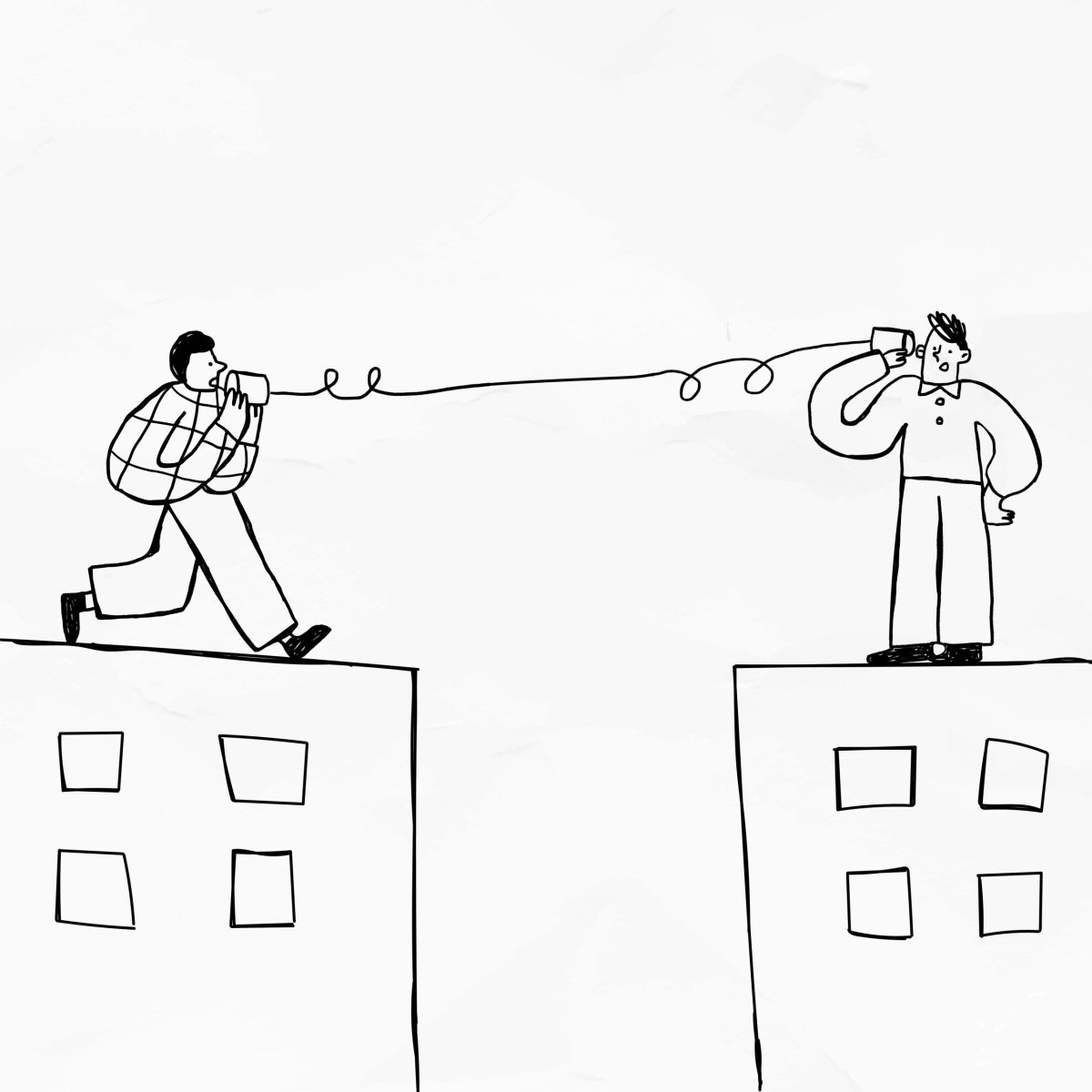Effective communication is the backbone of a successful organization. Whether you’re a CEO, a manager, or an entry-level employee, ensuring that messages are conveyed clearly across all levels can make the difference between success and failure. Many workplace issues stem from miscommunication or the assumption that communication has occurred when it hasn’t. In this blog, we’ll explore techniques to enhance communication at every level of your organization.
The Biggest Challenge: Thinking Communication Has Happened
One of the most common issues in corporate communication is the assumption that a message has been received and understood when, in reality, it has not. Employees may not act on information simply because they didn’t fully grasp it or weren’t engaged in the way it was presented. To combat these pitfalls, leaders must take a multifaceted approach to communication.
Techniques to Improve Communication
1. Use Multiple Communication Channels
People absorb information differently. Some prefer written communication, while others respond better to verbal discussions, visuals, or interactive content. The best approach is to communicate important messages through multiple channels:
- Emails and memos
- Team meetings
- One-on-one discussions
- Video messages
- Infographics and visual aids
- Audio recordings or podcasts
2. Repeat the Message Often
A common rule of thumb is that messages should be communicated at least seven times in seven different ways. Repetition ensures that employees internalize the message and take action accordingly. Just when you think the message has been received, that’s when you need to reinforce it even more.
3. Encourage Two-Way Communication
Communicatio3n shouldn’t be just a top-down process. Employees at all levels should feel comfortable providing feedback and asking questions. This can be facilitated through:
- Regular employee surveys
- Open-door policies
- Town hall meetings
- Anonymous suggestion boxes
- Team brainstorming sessions
4. Leverage Employee Opinion Surveys
Conducting annual or biannual employee surveys can reveal gaps in communication and overall workplace satisfaction. Consistently analyzing these results over time helps identify trends and areas that need improvement.
5. Adapt to Changing Workplace Dynamics
With remote and hybrid work becoming more common, traditional communication methods may no longer be sufficient. Organizations must leverage technology such as:
- Collaboration platforms like Slack, Microsoft Teams, or Asana
- Video conferencing tools like Zoom and Google Meet
- Company-wide newsletters
6. Make Messages Clear and Concise
Overloading employees with excessive information can lead to confusion and disengagement. Focus on delivering clear, concise, and actionable messages.
Conclusion
Effective communication isn’t a one-time effort; it’s a continuous process that requires intentionality and adaptability. By using multiple communication channels, repeating key messages, fostering open dialogue, and leveraging technology, leaders can create a culture where information flows seamlessly across all levels. Remember, communication isn’t just about sending a message—it’s about ensuring the message is received and understood.



